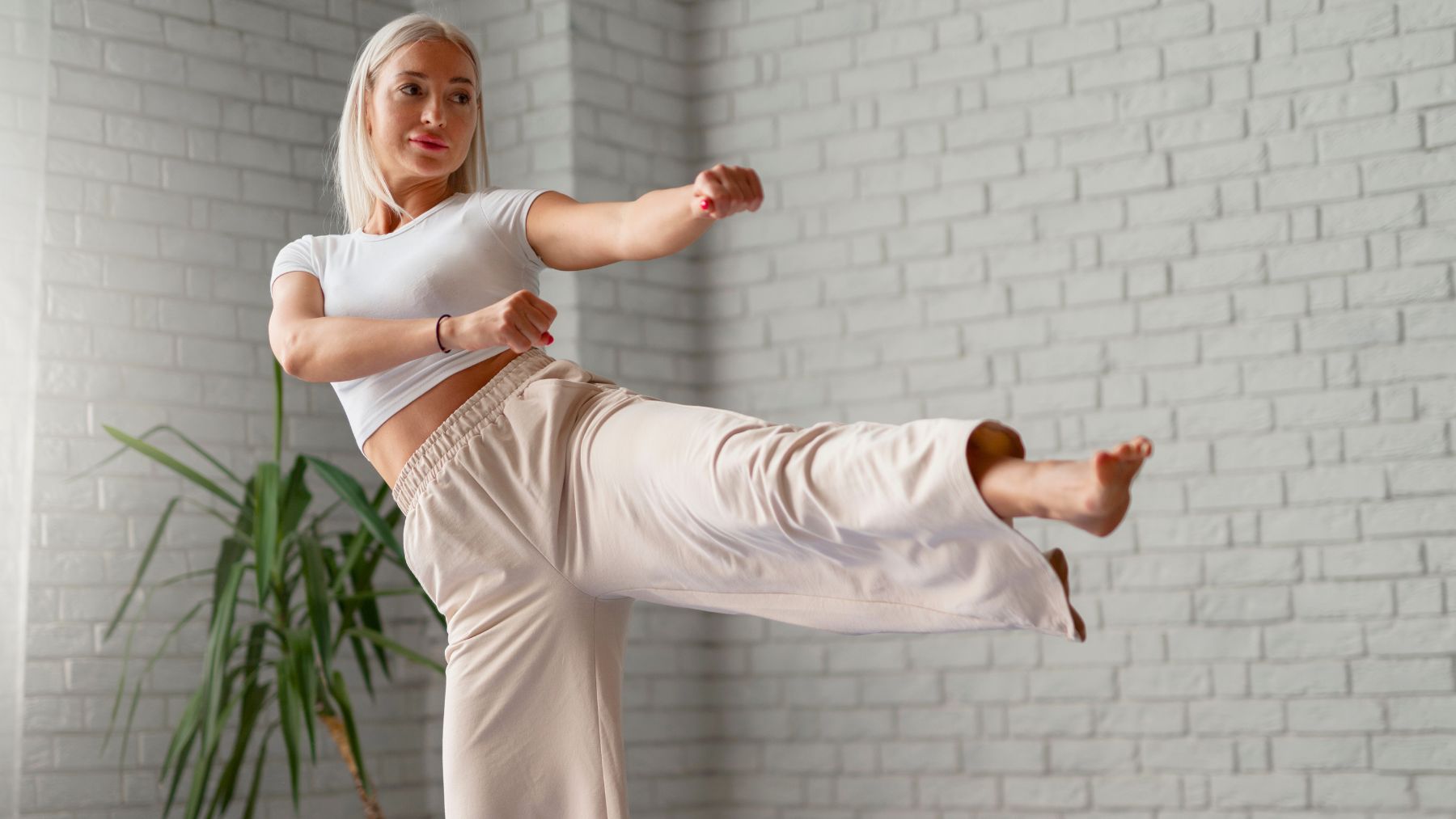Most people think walking or running is the go-to way to stay active past 60, and they are good options, but Harvard researchers point to something very different as a top way to keep strength, balance, and focus with age. It’s not on most seniors’ radar, even though it’s proven to protect both body and mind.
According to Harvard Medical School, martial arts stand out as a great activity for older adults. Far from being about fighting, these practices blend movement, coordination, and mindfulness in a way that supports long-term health. Here, we’ll look at why Harvard highlights this option and how to start safely if you’ve never tried it before.
Martial arts and why Harvard recommends them
Martial arts might bring to mind kicks, punches, or sparring matches, but many styles are slow, mindful, and joint-friendly. Tai Chi, Aikido, and Wing Chun, for example, emphasize balance, controlled movement, and body awareness. That makes them accessible for older adults who want fitness without high impact.
Harvard’s Dr. Peter M. Wayne has studied the effects of Tai Chi and found that it improves what he calls the body’s “physiological complexity”, the ability to respond to stress, maintain balance, and recover from disruptions. In practical terms, this means fewer falls, better coordination, and sharper thinking.
The physical gains are only half the story. Martial arts also train memory and focus, since routines require learning and recalling sequences of movement. This mental workout helps counteract age-related cognitive changes, and unlike solo activities, classes create social connection, a factor linked to longer life expectancy and reduced loneliness.
Compared with running or heavy gym sessions, martial arts are easier on the joints and less likely to cause overuse injuries. They’re adaptable to different fitness levels, making them a sustainable choice well into later decades. Harvard’s findings highlight them as one of the most complete and protective forms of exercise for seniors.
How to start with this activity after 60
The idea of beginning martial arts later in life can feel intimidating, but with the right approach, it’s not only safe—it’s rewarding. The key is to start small, focus on form, and find the right support.
- Check in with your doctor first. A quick conversation about your health history, medications, or joint issues helps ensure you pick a style and pace that fit your needs.
- Choose the right style. Tai Chi is gentle and meditative, great for balance and stress relief. Aikido focuses on smooth, flowing movements. Wing Chun sharpens reflexes with compact motions. Look for what feels natural and interesting to you.
- Find a senior-friendly instructor. Some teachers specialize in working with older adults. They’ll adjust the pace, explain modifications, and keep the focus on safety.
- Start slow and stay consistent. Even 10–15 minutes a few times a week can help. Progress comes from steady practice, not intensity.
- Join a group if possible. Classes provide motivation and social interaction, turning exercise into a habit you look forward to.
The research from Harvard makes it clear: this activity supports the body and mind better than many of the common fitness choices for seniors. With a thoughtful start, it can become a cornerstone of healthy aging, and maybe even a surprising source of joy.

